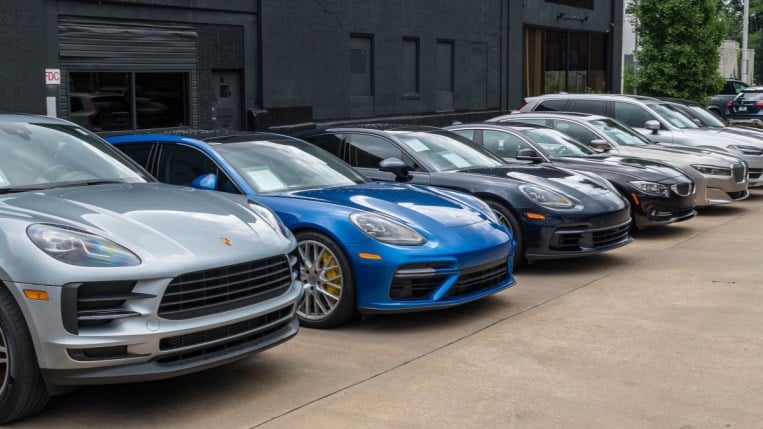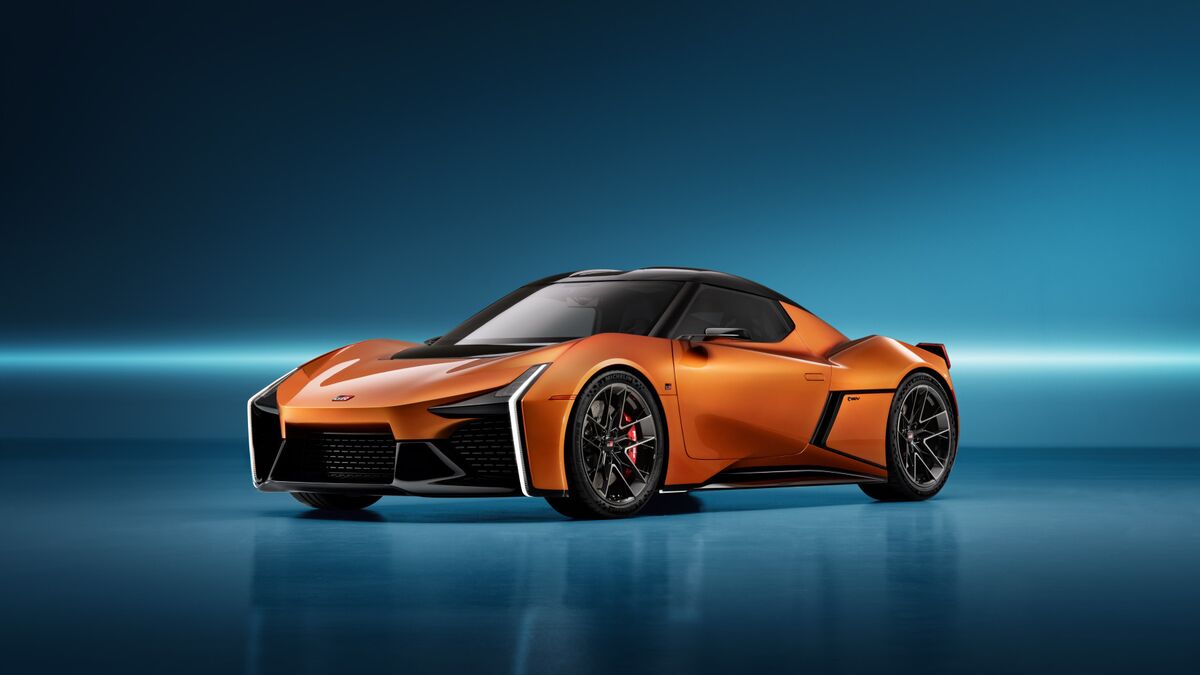
Why don’t you stand up and stretch for a minute? Refill your coffee or tea. Check the last text from someone you love. Put on some music. Something gentle. Maybe find a mix labeled “spa.” Come back when you’re ready.
Here we go.
The final sale price of the average new car in America fell last month. Incentives – those discounts dealers or factories throw in to help lower the sale price – rose. Chocolate has no calories. You look amazing.
OK, we’re pouring it on a bit. But, you see, we’ve spent two years writing stories about how new car prices are soaring, incentives are disappearing, and you’ll be lucky to even find a car you want to buy, so you’d best be prepared to overpay for it.
So, it feels awfully good to write this. And that really is one of your best outfits.
The average new car in America sold for $48,763 in February – a decline of 1.4% from January’s figure.
It’s still 5.3% higher than a year ago. But it’s the third straight month of decreases – a sustained price drop.
Related: The Best New Car Deals This Month
The average new car sale included $1,474 worth of incentives – a level not seen since last March.
Incentives Are Back
Incentives reached a 10-month high in February 2023, increasing to 3.0% of the average transaction price, compared to 2.8% in January.
Incentives remain at a historically low level. For comparison, in February 2021, Kelley Blue Book estimates incentives averaged 8.3% of the average transaction. Luxury cars had the highest incentives in February at 6.5% of the total price. Meanwhile, vans had the lowest incentives, with less than 1%.
Still Over Sticker, But Oh-So-Close
The average new car has sold for more than its list price for more than a year. That was true last month, but barely – the average sale price was just $95 over sticker. Another month of decreases will almost certainly drive it under.
“The transaction data from February indicates that prices continue a downward trend at the beginning of 2023,” said Rebecca Rydzewski, research manager of economic and industry insights for Cox Automotive. “Both luxury and non-luxury prices were down month over month, but new models, richer product mix, and limited discounting are contributing to elevated prices.”
Cox Automotive is the parent company of Kelley Blue Book.
Non-Luxury Prices Dropping
The average non-luxury car sold for $44,697 – a decline of $681 compared to January. Most non-luxury brands – including Chrysler, Dodge, Ford, GMC, Hyundai, Mazda, Subaru, and Volkswagen – saw price declines between 0.2% to 3.9% month over month in February.
This correlates with higher incentives helping to push prices down. Kia and Honda dealers were the hardest places in the non-luxury market to find a deal last month. In February, they sold cars for between 4% and 6% over sticker price.
Americans Still Buying Lots of Luxury Cars
Economic conditions have pushed prices higher for two years, but so have Americans’ choices. Luxury vehicles made up almost 20% of sales early in 2023 – a historic high. They fell slightly in February – making up 19.5% of all new car sales.
In February 2023, the average luxury buyer paid $65,534 for a new vehicle, down $644 from January. Buyers continue to pay over MSRP for new luxury vehicles.
Luxury brands Alfa Romeo, Audi, BMW, Infiniti, Lincoln, and Volvo all sold their average vehicle for 1% or more below sticker price. Mercedes-Benz and Land Rover sat on the opposite side of that teeter-totter, selling for 5% to 7% over.
Electric Vehicle Price Drops Are Helping the Average Fall
Electric vehicles (EVs) are doing more than their share of work to reduce the average price.
The average new EV sold for $58,385, according to Kelley Blue Book estimates, which is still well above the industry average. But it’s $1,050 lower (down 1.8%) compared to January.
The drop in pricing was driven by significant price cuts from Tesla, which commands roughly two-thirds of the EV market. Tesla’s average transaction prices decreased by $977, down 1.6% month over month and down 5.9% year over year. Lower prices likely helped Tesla deliver higher sales volumes. Tesla sales in February increased year over year by more than 44%.
Now, go take a walk outside. Dream of lower monthly payments.







